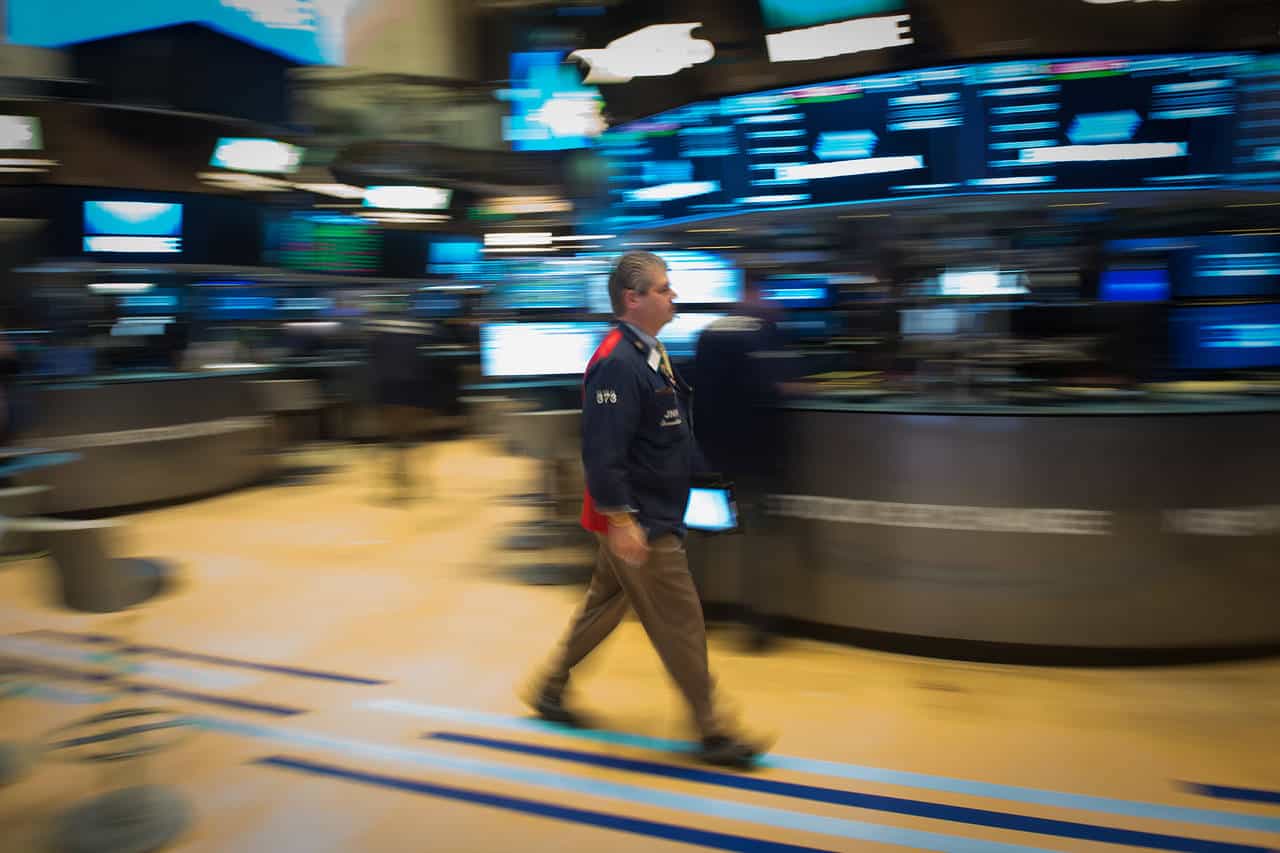
It can’t be this easy, can it?
Just a week ago, the Standard & Poor’s 500 index had barely avoided dropping below its long-term average after officially correcting. But since Feb. 8, when the benchmark closed down 10.16% from its all-time high reached on Jan. 26, it has done nothing but go up.
Last week, the S&P 500 gained 4.3%, to 2732.22, its best showing in more than five years. Not to be left out of the fun, the Dow Jones Industrial Average climbed 1028.48 points, also 4.3%, to 25,219.38, while the Nasdaq Composite jumped 5.3% this week, to 7239.47.
Even better, the S&P 500 closed the week on a six-day winning streak, gaining 5.9%. The only problem: After a run like that, the market may not have the juice to push much higher. “This seems like it’s a bit too aggressive,” says MKM Partners strategist Michael Darda. “Anybody with a contrarian eye would say this is too much, too fast.”
But not abnormal. Canaccord Genuity analyst Tony Dwyer notes that the market is following a pattern usually seen after “shock drops.” In such cases, the initial tumble is followed by a big bounce, another drop to a new low, and finally a sustainable rally. That’s what happened during the flash crash of 2010, Dwyer explains, and it’s likely to repeat itself now. “Ultimately, we expect a nasty retest of the low in the coming weeks, [but] would aggressively buy it,” he advises.
Market psychology could play a big part in where we go next. Investors who bought stocks on the first day of the year have gained 2.2%, and are probably not too worried. But if they chased stocks out of the gate this year, they could be sitting on losses. Some might hold on in the expectation of further gains, but others might decide to take profits. Either way, the wild ride will make everyone reconsider what they own and why they own it—and whether they still should. “Everyone has to reset,” says Instinet’s Frank Cappelleri.
More volatility would not be a surprise—or out of the ordinary. Consider: In 2017, the S&P 500 had just eight 1% moves in either direction; this year, there have already been 10, Cappelleri says. At this rate there’d be 78 1%-plus moves in 2018. While that seems unlikely, it’s not out of the question, as the rolling 12-month average of 1% moves spiked over 160 by the end of the financial crisis in 2009. “This suggests there’s a high probability that we’ll see more large moves in 2018,” Cappelleri says.
But a pickup in volatility doesn’t have to be a death knell for the bull market, he says. In 1996, a year that followed one that had been as calm and as strong as 2017, the number of 1% moves picked up, but the S&P 500 still gained 20.3%. So don’t be surprised if the market finishes higher this year.
Just don’t expect it to be easy.

